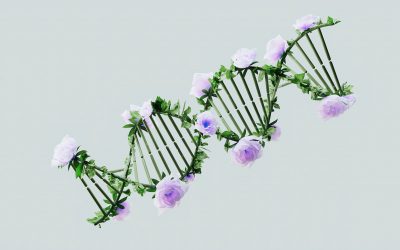Every person on Earth possesses a unique genetic code that defines their physical characteristics, personality traits, and predispositions to certain diseases. In the quest to understand humankind’s origins, countless studies have been conducted regarding human genetics. One of the most intriguing discoveries in this scientific discipline is the concept of Mitochondrial Eve – a woman who lived approximately 200,000 years ago and to whom all living humans can trace their ancestry through DNA.
Mitochondrial Eve refers to a single female ancestor from whom all living humans share mitochondrial DNA (mtDNA). This common genetic link was first proposed in the late 1980s by scientists Rebecca L. Cann, Mark Stoneking, and Allan C. Wilson. Their groundbreaking work unveiled that every human carries a specific sequence of mitochondrial DNA inherited directly from their mother, thus confirming the existence of a common female ancestor.
Mitochondria are often known as the powerhouse of cells as they generate energy for various cellular functions. They contain their own DNA, which is solely inherited from the mother, making mtDNA ideal for tracking human ancestry.
The discovery of Mitochondrial Eve gained considerable attention due to its potential implications in various aspects of human evolution, population genetics, and cultural understanding. Further research revealed that she likely resided in Africa, with various studies pointing to either eastern or southern regions as her homeland.
It is essential to note that Mitochondrial Eve was not the only woman alive during her time – she coexisted with other females who also had descendants. However, their mtDNA lineages did not continue over time or were predominantly passed down through sons who do not pass on their mother’s mtDNA. Hence, only Mitochondrial Eve’s lineage persisted until the present day.
Such findings fueled debates among scientists regarding genetic diversity and racial differences among modern humans. The fact that all living humans can trace their mtDNA back to a single African woman – dubbed as the mother of humanity – suggests that diversity among humans is a direct outcome of migration and the gradual intermingling of different populations.
In conclusion, the discovery of Mitochondrial Eve has provided profound insights into both scientific and cultural understanding of human ancestry. This common female ancestor serves as a reminder that all living humans share a genetic connection, transcending racial, ethnic, or geographical boundaries. The scientific curiosity surrounding our genetic origins continues to propel research in human evolution, offering glimpses into our shared past and shaping our collective future.






Leave a Reply